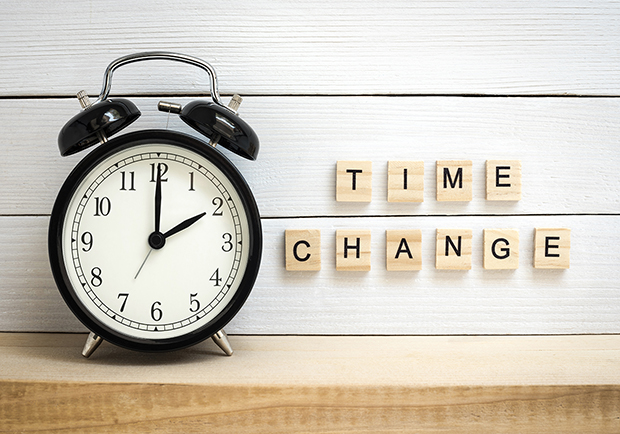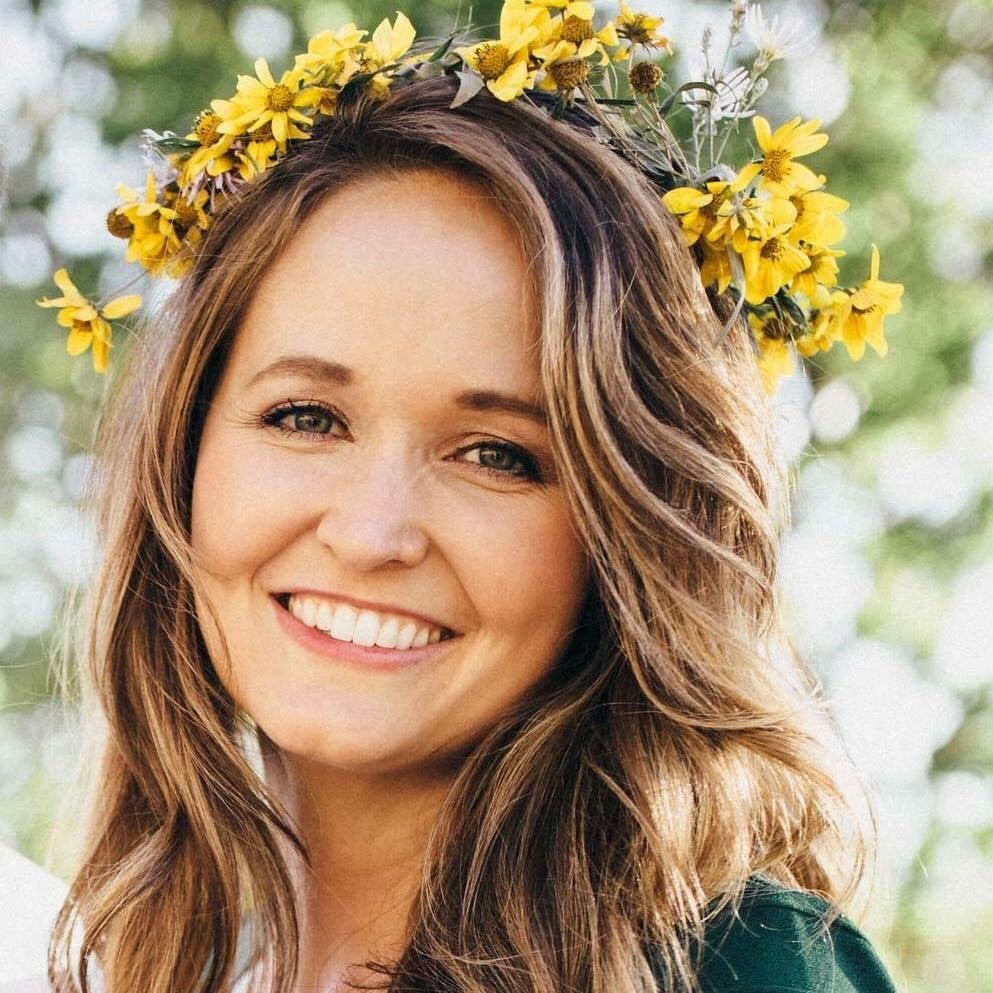How to Prepare for Daylight Saving Time
Whether you love it or hate it, your body has to adjust all the same. Here’s how to make a smoother transition when the time comes.

When you think about it, daylight saving time does sound pretty crazy. Twice a year, we switch the time on our clocks and disrupt sleeping patterns, work schedules, and children’s fragile balance of sleeping and eating (cue the grumpy, fussy kids). And with the time change coming, we’ve got suggestions on how to make this transition easier. But why do we do it, and are there benefits to daylight saving? Understanding this can help you be more willing to make the change.
Related: Napping: The Power Behind the Doze
The history
In 1895, a New Zealand scientist, George Vernon Hudson, recommended a two-hour time shift in October and March, but daylight saving wasn’t really practiced until 1908 when Ontario, Canada turned their clocks one hour forward in July, according to Time and Date. The United States didn’t adopt the practice until 1918.
The idea of daylight saving—or at least the explanation Congress gave—was said to save fuel, but the bill was majorly backed by the Chamber of Commerce (likely in an effort to boost the economy). If there was still light outside when people got home from work, the rationale went, people would be more likely to go out and shop. Others considered it a healthy change because it would allow people to be outside more.
Ironically, Daylight Saving is commonly attributed to being a benefit for farmers, but most farmers deeply opposed it, according to Time, and it’s definitely had plenty of critics over the years. Nine years ago, the Department of Energy reported a 0.5% drop in electricity use due to the extension of daylight saving time, but a 2011 study showed that electricity use in some residential areas increased by 4%.
So, whether you hate or love daylight saving, your body will need to adjust either way. Try these simple tips to make the transition smoother:
Prep your body for bed
Get your body prepped to go to sleep before you even get in bed—especially in the fall when your body won’t be used to going to bed so early. You can do that by slowing down, not eating for the last hour or so before bed, and dimming the lights. Find a little routine that tells your body it’s time to rest.
Keep your schedule
If you’re used to waking up at 6:00 a.m., keep your alarm set for six even though it will really be 7:00 to your body. Yes, you’ll be getting that extra hour of sleep (no complaints there), but keeping the consistency will help your body make the switch easier in the long run.
Adjust the rest of your schedule similarly for eating, exercising, and working.
Related: Sleep Habits: What Does the Way You Sleep Say about You?
For children
The adjustment tends to be harder for little ones. Try adjusting their schedule in increments the week before the time adjustment happens. Each day put them to bed 15 minutes earlier than the day before, eat 15 minutes earlier, and adjust their wake up time as well.
If your child is the type to wander the halls when they wake up, set an alarm in their room and let them know they might be waking up earlier than everyone else, but they can come out of their room when the alarm goes off. This may help their bodies slowly adjust to the transition so they will stop waking up as early.
Whether you hate or love daylight saving, don’t let it disrupt your life. With a few small adjustments, it will feel like normal in no time…until the next change comes around.
Select Health may link to other websites for your convenience. Select Health does not expressly or implicitly recommend or endorse the views, opinions, specific services, or products referenced at other websites linked to the Select Health site, unless explicitly stated.
The content presented here is for your information only. It is not a substitute for professional medical advice, and it should not be used to diagnose or treat a health problem or disease. Please consult your healthcare provider if you have any questions or concerns.





